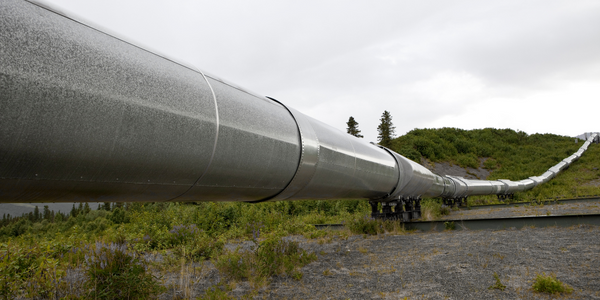Applicable Industries
- Oil & Gas
Applicable Functions
- Procurement
About The Customer
Foursquare is a leading location data and technology company that provides products and services to top brands like Apple, Airbnb, and many more. Originally known as a social check-in app, Foursquare has evolved into a major player in the location data industry. Despite its success, the company faces stiff competition from larger brands in attracting and recruiting top talent. Foursquare's recruitment strategy is led by Cliff Jadoo, the Director of Engineering & Product Recruitment, who is committed to increasing the company's brand awareness and diversifying its talent pipeline.
The Challenge
Foursquare, a leading location data and technology company, was struggling to compete with larger brands like Google and Spotify in the talent acquisition space. The company was particularly finding it difficult to fill senior roles and attract diverse candidates. Their existing recruitment strategy, which relied heavily on LinkedIn, was not yielding the desired results. Cliff Jadoo, Foursquare’s Director of Engineering & Product Recruitment, wanted to increase brand awareness and add more diverse candidates to his long-term pipeline. However, he was aware that manually sourcing through LinkedIn Recruiter was not sufficient and was adding to the workload of the recruitment team.
The Solution
Foursquare turned to Fetcher, an automated sourcing platform that combines machine learning with human expertise. Fetcher's team of trained sourcers worked with the platform’s algorithm to guide and verify search results, helping Foursquare diversify its recruitment funnel. Fetcher also allowed Foursquare to add multiple diversity variables within a search, further enhancing its ability to attract a diverse pool of candidates. The platform was easy to use, with Jadoo able to quickly scan through batches of candidates auto-sourced by Fetcher and provide feedback. This enabled him to reach out faster to potential candidates and increase Foursquare's visibility among them.
Operational Impact
Quantitative Benefit

Case Study missing?
Start adding your own!
Register with your work email and create a new case study profile for your business.
Related Case Studies.

Case Study
Taking Oil and Gas Exploration to the Next Level
DownUnder GeoSolutions (DUG) wanted to increase computing performance by 5 to 10 times to improve seismic processing. The solution must build on current architecture software investments without sacrificing existing software and scale computing without scaling IT infrastructure costs.

Case Study
Remote Wellhead Monitoring
Each wellhead was equipped with various sensors and meters that needed to be monitored and controlled from a central HMI, often miles away from the assets in the field. Redundant solar and wind generators were installed at each wellhead to support the electrical needs of the pumpstations, temperature meters, cameras, and cellular modules. In addition to asset management and remote control capabilities, data logging for remote surveillance and alarm notifications was a key demand from the customer. Terra Ferma’s solution needed to be power efficient, reliable, and capable of supporting high-bandwidth data-feeds. They needed a multi-link cellular connection to a central server that sustained reliable and redundant monitoring and control of flow meters, temperature sensors, power supply, and event-logging; including video and image files. This open-standard network needed to interface with the existing SCADA and proprietary network management software.

Case Study
Refinery Saves Over $700,000 with Smart Wireless
One of the largest petroleum refineries in the world is equipped to refine various types of crude oil and manufacture various grades of fuel from motor gasoline to Aviation Turbine Fuel. Due to wear and tear, eight hydrogen valves in each refinery were leaking, and each cost $1800 per ton of hydrogen vented. The plant also had leakage on nearly 30 flare control hydrocarbon valves. The refinery wanted a continuous, online monitoring system that could catch leaks early, minimize hydrogen and hydrocarbon production losses, and improve safety for maintenance.










